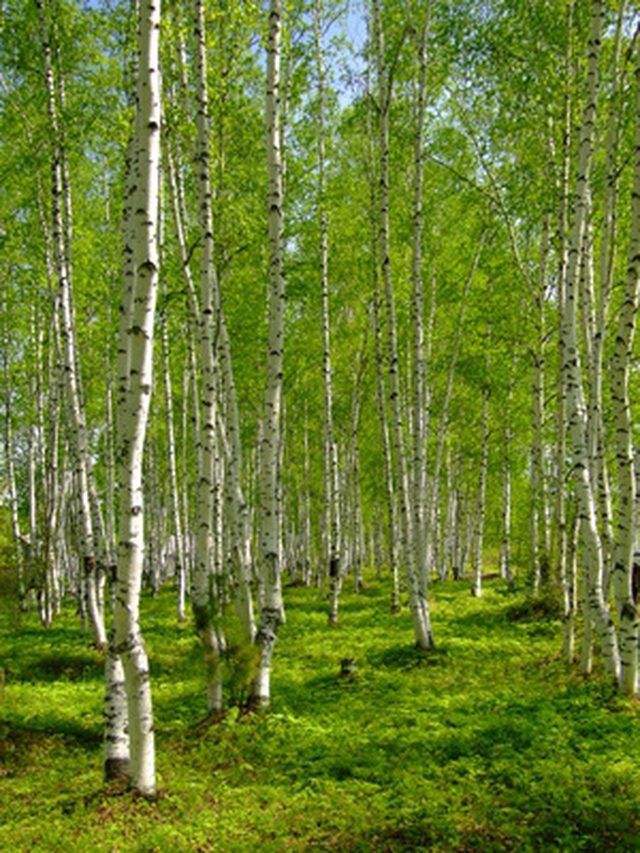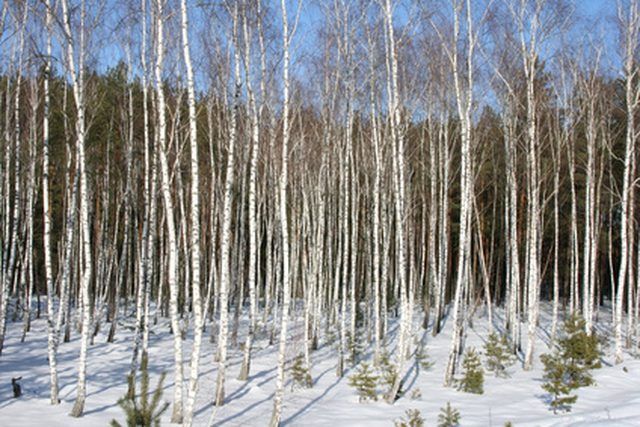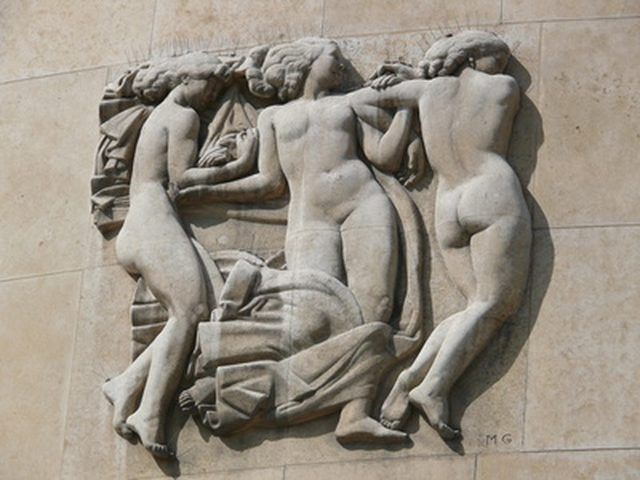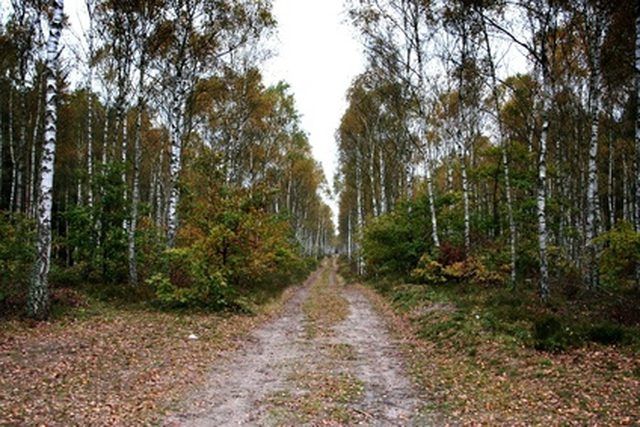Bulbs
Flower Basics
Flower Beds & Specialty Gardens
Flower Garden
Garden Furniture
Garden Gnomes
Garden Seeds
Garden Sheds
Garden Statues
Garden Tools & Supplies
Gardening Basics
Green & Organic
Groundcovers & Vines
Growing Annuals
Growing Basil
Growing Beans
Growing Berries
Growing Blueberries
Growing Cactus
Growing Corn
Growing Cotton
Growing Edibles
Growing Flowers
Growing Garlic
Growing Grapes
Growing Grass
Growing Herbs
Growing Jasmine
Growing Mint
Growing Mushrooms
Orchids
Growing Peanuts
Growing Perennials
Growing Plants
Growing Rosemary
Growing Roses
Growing Strawberries
Growing Sunflowers
Growing Thyme
Growing Tomatoes
Growing Tulips
Growing Vegetables
Herb Basics
Herb Garden
Indoor Growing
Landscaping Basics
Landscaping Patios
Landscaping Plants
Landscaping Shrubs
Landscaping Trees
Landscaping Walks & Pathways
Lawn Basics
Lawn Maintenance
Lawn Mowers
Lawn Ornaments
Lawn Planting
Lawn Tools
Outdoor Growing
Overall Landscape Planning
Pests, Weeds & Problems
Plant Basics
Rock Garden
Rose Garden
Shrubs
Soil
Specialty Gardens
Trees
Vegetable Garden
Yard Maintenance
Why Do You Plant Silver Birch Trees Three at a Time?
Why Do You Plant Silver Birch Trees Three at a Time?. Silver birches are deciduous pioneer trees found throughout Europe. The trees are tall and slender with the silver-white papery bark for which the tree is known. Poets have been moved by the grace and beauty of silver birches. Coleridge called it "Lady of the Woods," and it is in his poem that...

Silver birches are deciduous pioneer trees found throughout Europe. The trees are tall and slender with the silver-white papery bark for which the tree is known. Poets have been moved by the grace and beauty of silver birches. Coleridge called it "Lady of the Woods," and it is in his poem that the term "silver" was first applied to Betula pendula.
Planted in Threes
Silver birch trees are popular ornamental trees. The distinctive bark and beautiful, heart-shaped leaves make them excellent shade trees. As ornamental trees, silver birch are often planted in clusters of three, although the origins of this tradition have not lasted as long as the tradition itself. Sources neither agree on nor are sure about how this custom started.

Height
One possible reason people plant silver birches in groups of three is to reduce their height. In the wild, this tree can attain 100 feet, making it too tall for many backyards and gardens. Since the birch roots are both deep and wide-spreading, certain gardeners feel that by planting a cluster of three trees, the roots will have to share a small area and, as a result, may limit the height of the trees.
Visual Impact
Birches are not only tall, they are very slender. The trunks do not often exceed a diameter of 16 inches at chest height. Many gardeners believe that "clump" planting--planting three or more individuals together--increases the visual impact of the tree's chief attraction, its white bark.

Mythological Associations
In Roman mythology, the three Graces were goddesses said to represent beauty, charm and joy, and fertility. They are often represented in artistic works as naked women with smooth white bodies standing in a circle. It is possible that the silver birches may have mythological associations with the three Graces. According to Scottish Highland folklore, the birch also is associated with both charm and fertility: a barren cow herded with a birch stick is said to become fertile.

Site Selection
A more mundane explanation as to why birches are planted in threes has to do with their site requirements. The silver birch tree cannot thrive unless its roots are in moist shade and its crown gets full sun. A homeowner must find a site for the tree that allows sunlight on the leaves most of the day but shelters the base of the tree from heat. She can easily obtain those objectives by planting three birches together.
